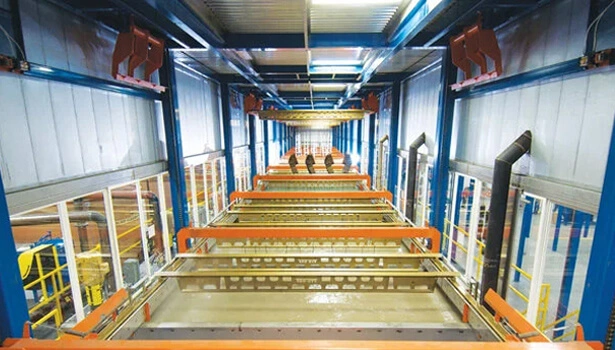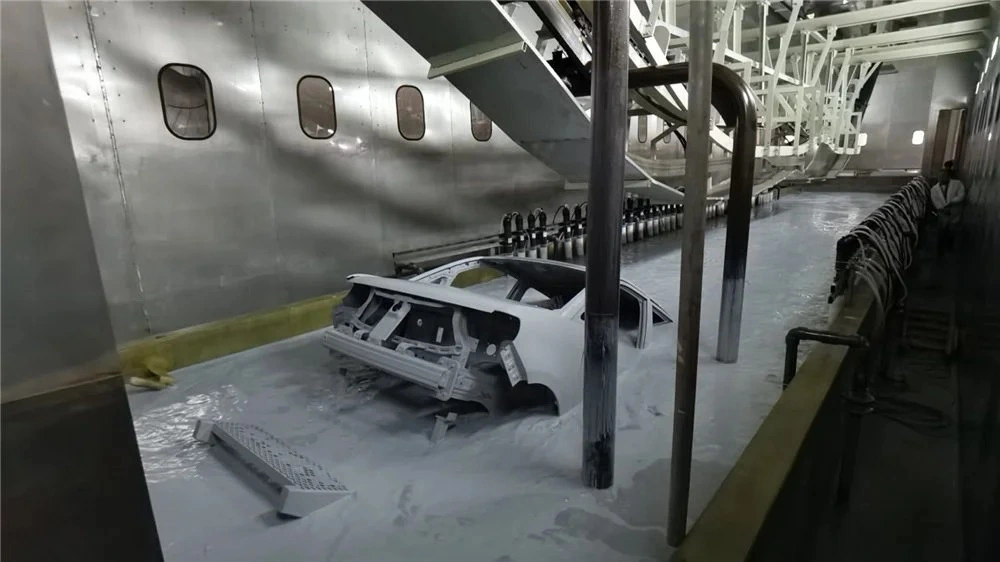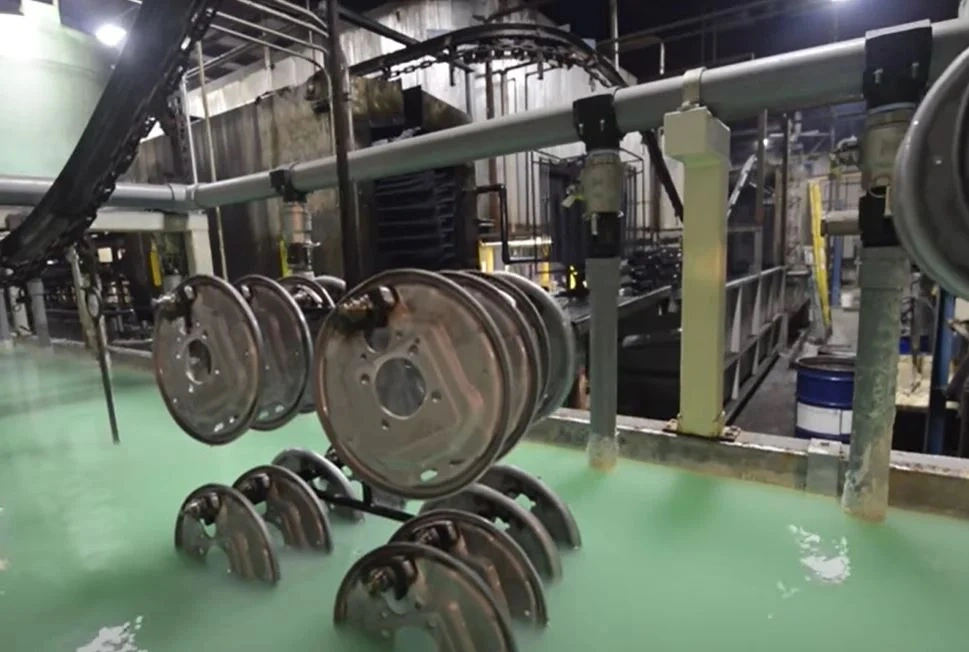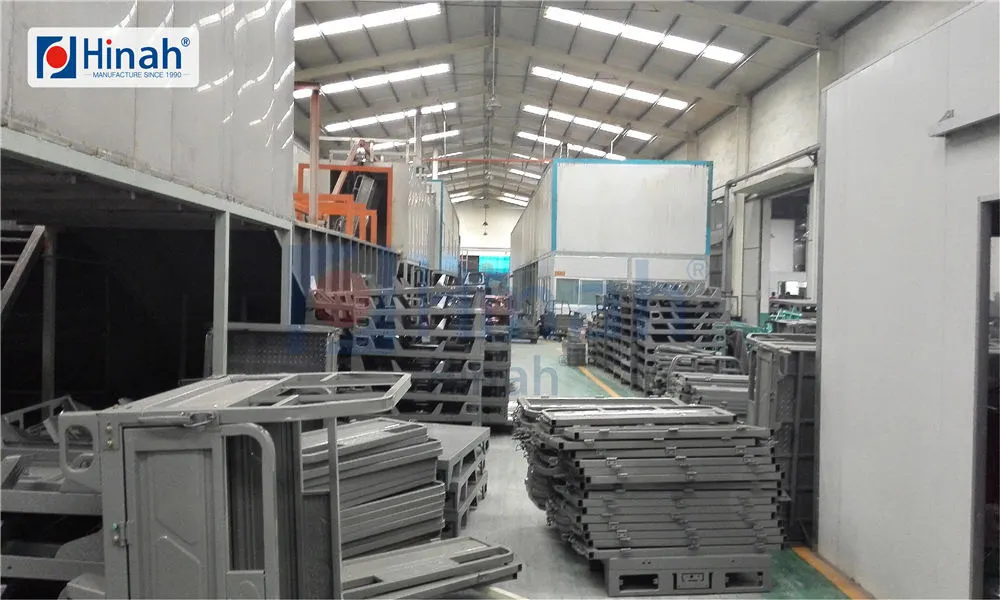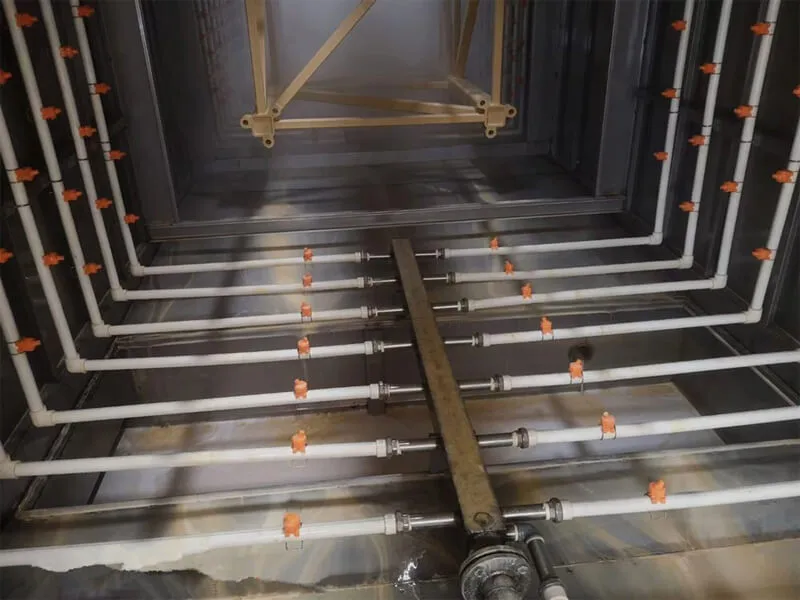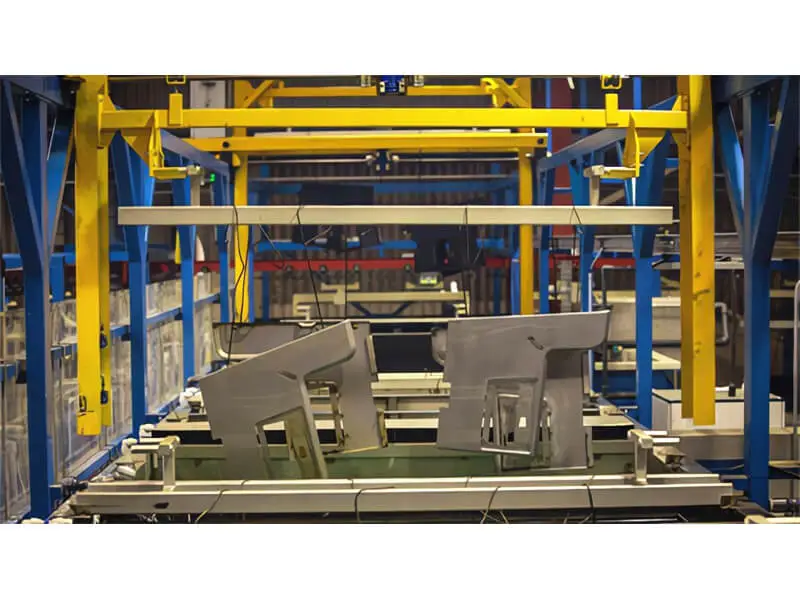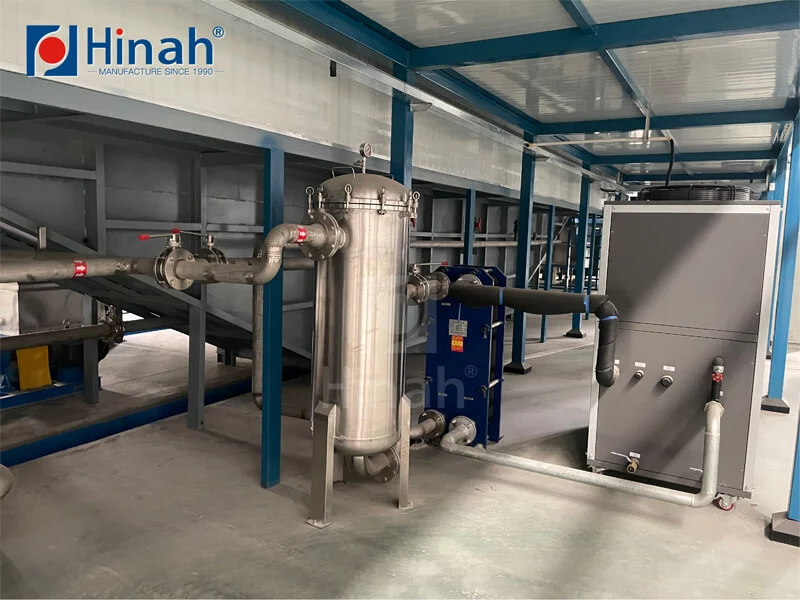In the world of industrial finishing, powder coating has established itself as a dominant force, prized for its durability, efficiency, and environmental benefits. But the heart of a flawless powder coating operation isn't just the powder itself—it's the powder coating equipment that brings the process to life. Whether you're a manufacturing manager looking to upgrade your line, a small business owner entering the field, or a procurement specialist sourcing new machinery, understanding the intricacies of this equipment is paramount to your success.
This comprehensive guide dives deep into the types, applications, costs, and key considerations for selecting the perfect powder coating equipment for your needs, helping you make an informed investment.
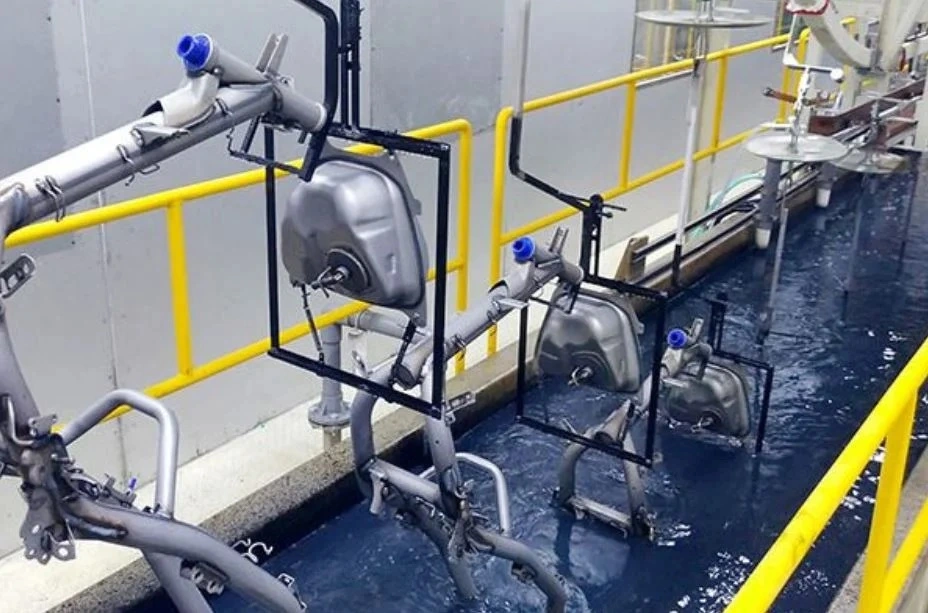
Understanding Powder Coating Equipment: More Than Just a Spray Gun
At its core, a complete powder coating system is an integrated ecosystem. It’s not a single machine but a series of components working in harmony. The primary goal of this equipment is to apply a dry, thermosetting powder to a surface, which is then cured under heat to form a hard, protective layer.
The fundamental components include:
Pre-treatment Stage: This involves cleaning and chemically treating the substrate to ensure optimal adhesion and corrosion resistance. While not always classified as part of the "spray equipment," it is a non-negotiable part of a professional solution.
The Application Booth: A contained environment where the powder is applied. It is designed to contain overspray and maintain a clean, safe workspace.
The Spray Gun: The most recognizable piece of powder coating equipment. It electrostatically charges the powder particles, ensuring they adhere evenly to the grounded part.
The Powder Delivery System: This includes the feed hopper, pump, and hoses that consistently deliver powder from the container to the spray gun.
The Recovery System: A critical component for efficiency, this system (often an integrated part of the booth) collects oversprayed powder so it can be recycled and reused, dramatically reducing waste.
The Curing Oven: A heated enclosure that bakes the coated parts, causing the powder to flow and chemically cross-link into its final, durable finish.
Types of Powder Coating Equipment: Finding Your Perfect Match
The market offers a range of systems tailored to different scales and requirements.
1. Manual Systems
Ideal for small shops, job coaters, and custom fabrication businesses, manual systems offer maximum flexibility. An operator holds the spray gun and applies the powder. This is perfect for low-volume, high-mix production or for items with complex geometries that require a human touch. Companies like HANNA offer robust manual starter kits that are perfect for businesses looking to enter the powder coating market without a massive upfront investment.
2. Automatic Systems
For high-volume manufacturers with consistent part sizes, automatic systems are the gold standard. Here, automated spray guns mounted on reciprocators or fixed mounts handle the application within an enclosed booth. This ensures unparalleled consistency, higher throughput, and reduced labor costs. When considering automatic powder coating equipment, the manufacturer's expertise in system integration becomes crucial.
3. Batch Ovens vs. Conveyorized Ovens
The curing process also defines the system type.
Batch Ovens are like large industrial ovens where racks of parts are rolled in, cured, and rolled out. They are versatile and suit low-to-medium volume production.
Conveyorized Ovens are part of a continuous system where parts travel on a conveyor through the curing oven. This is the backbone of high-volume, automated production lines.

Key Applications and Your Selection Guide
The right powder coating equipment depends entirely on your application.
Automotive & Aerospace: Demands high-transfer efficiency and consistent film build. Automatic systems with sophisticated recovery are standard.
Architecture & Building Products (e.g., aluminum extrusions): Requires high durability and consistent color. Large conveyorized systems are typical.
Furniture & Home Appliances: Focuses on aesthetic quality. Both manual and automatic systems are used, depending on volume.
Heavy Equipment & Agriculture: Needs extremely thick, corrosion-resistant coatings. High-output guns and large batch ovens are common.
Your Selection Checklist:
Part Size and Geometry: Do you coat small brackets or large tractor frames? This determines booth and oven size.
Production Volume: How many parts do you coat per hour/day? This is the primary driver for choosing between manual and automatic systems.
Powder Type: Are you using standard epoxies/polyesters or specialized powders like metallics? Some guns are better suited for challenging materials.
Available Space: A full conveyorized system requires significant floor space, while a compact manual booth can fit in a garage.
Budget: This encompasses not just the initial cost but also long-term operating expenses, including powder utilization efficiency and maintenance.
Analyzing the Cost of Powder Coating Equipment
The price of powder coating equipment varies wildly. A basic manual setup for a small business can cost a few thousand dollars, while a fully automated, turnkey system for a major manufacturer can run into hundreds of thousands.
Factors Influencing Cost:
Automation Level: Manual systems are the most affordable; automation adds significant cost.
System Capacity: Larger booths and ovens command higher prices.
Recovery Efficiency: More advanced recovery systems (e.g., cartridge-based) have a higher initial cost but offer superior powder reuse, improving your ROI.
Brand and Quality: Investing in a reputable manufacturer like HANNA often means better reliability, technical support, and a longer operational life, reducing total cost of ownership.
When you look for powder coating equipment for sale, view it as a capital investment. A cheaper system with poor transfer efficiency will waste more powder, erasing any initial savings over time.
Advanced Technologies and Process Insights
The technology behind powder coating equipment is constantly evolving. Leading manufacturers are focusing on:
IoT Integration: Modern systems can provide real-time data on gun performance, powder consumption, and oven temperatures, enabling predictive maintenance and process optimization.
Improved Ergonomics: Lighter guns, better-balanced hoses, and reduced physical strain for operators.
Enhanced Corona and Tribo Guns: Advanced corona guns offer improved Faraday cage penetration, while tribo guns are excellent for getting into recesses without the risk of back-ionization. The choice depends on your specific application challenges.
Sustainable Solutions: The focus is on reducing energy consumption in ovens and maximizing powder reclaim rates to over 99%, making powder coating an even greener solution.
Why Partner with a Specialist Manufacturer like HANNA?
Choosing a supplier is as important as choosing the equipment itself. A partner like HANNA brings more than just machinery to the table. We provide a complete solution.
Expert Consultation: Our team works with you to analyze your needs and recommend a system that fits your budget and production goals.
Proven Reliability: HANNA powder coating equipment is engineered for rigorous industrial environments, minimizing downtime.
Comprehensive Support: From installation and training to ongoing maintenance and spare parts, a strong supplier relationship is invaluable.
Innovation: As a technology leader, HANNA continuously innovates, ensuring our customers have access to the most efficient and effective finishing solutions available.
Whether you are looking to buy your first system or upgrade an existing line, partnering with an experienced manufacturer is the key to a successful powder coating operation.
Frequently Asked Questions (FAQs) About Powder Coating Equipment
Q1: What is the main difference between a manual and an automatic powder coating system?
A1: A manual system relies on a human operator to hold and manipulate the spray gun, offering high flexibility for complex parts and low-volume jobs. An automatic system uses mounted guns programmed to follow a specific path, providing unmatched speed, consistency, and efficiency for high-volume production of similar parts.
Q2: How much does a basic powder coating setup cost?
A2: The cost can vary significantly. A small, manual starter kit from a reputable brand like HANNA, including a booth, gun, and small oven, can start from around $5,000 to $15,000. For a medium-sized industrial manual system with better recovery, prices can range from $20,000 to $50,000. Large, fully automated conveyorized systems are a major capital investment, often starting at $100,000 and going up from there.
Q3: Is a powder recovery system really necessary?
A3: Absolutely. A recovery system is a cornerstone of the economic and environmental benefits of powder coating. It allows you to collect and reuse oversprayed powder, boosting material utilization rates to 95% or higher. Without it, powder waste would be substantial, dramatically increasing your operational costs.
Q4: What maintenance does powder coating equipment require?
A4: Regular maintenance is crucial for consistent performance. Key tasks include daily cleaning of the booth and guns to prevent color contamination and powder buildup, regularly inspecting and replacing worn consumables like nozzles and electrodes, cleaning or replacing filter cartridges in the recovery system, and ensuring the oven's temperature sensors are calibrated.
Q5: Can the same powder coating equipment handle all types of powders?
A5: Most standard equipment can handle common epoxy, polyester, and hybrid powders. However, specialized powders, such as those containing metallic flakes or designed for very thin films, may require specific equipment. For instance, metallic powders often work best with a tribo gun or a corona gun equipped with a low-ionization setting to prevent aesthetic issues. Always consult with your equipment manufacturer, like HANNA, to ensure compatibility with the powders you plan to use.



